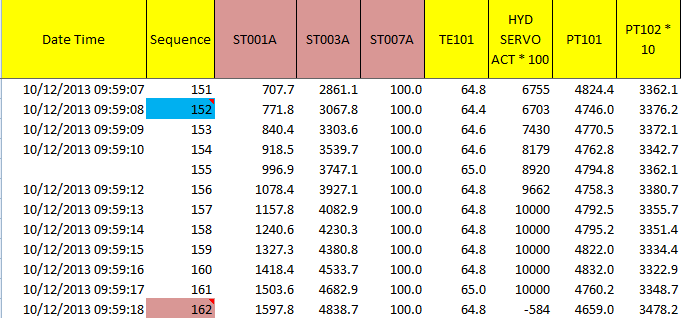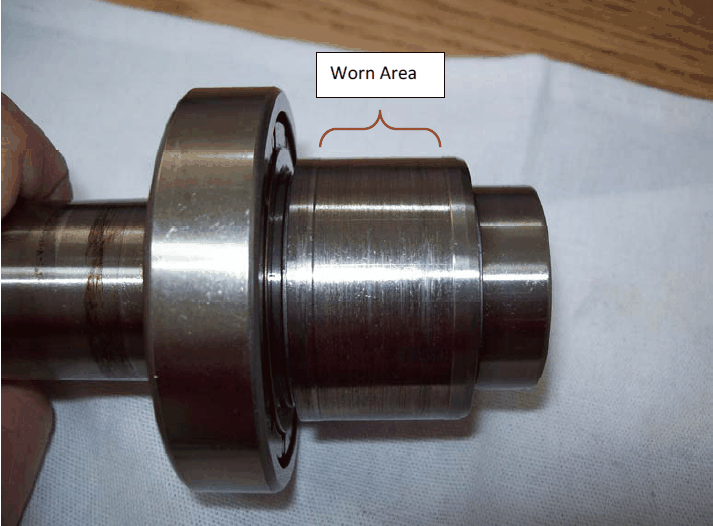ARTICLE REF – ART147
What is a hung start
First let’s discuss a normal start and then take it from there. The FT8 completes its pre start verification of the systems and if all is in order the start sequence commences. The start motor turns over and accelerates to a speed of 2,800 N2 speed. The motor speed is kept constant at this speed until the purge air cycle is completed. This ensures and dangerous gases which may have accumulated in the air ducting is exhausted to atmosphere. Once that time is complete the start motor starts to accelerate. The fuel system will light off the turbine and both starter and fuel system accelerates the turbine. As the turbine increases its speed the fuel system is increasing the amount of fuel being supplied and therefore now starts doing the lions share of the work. Once a pre determined speed is reached the control system stops the start motor. This speed is called “Starter Cutout or Self Sustaining Speed”. From this point on the fuel system controls the acceleration and speed of the turbine.
A hung start is one where the starter and fuel system struggle to achieve Self Sustaining Speed. There are a number of reasons for this which will now be discussed.
Causes of a hung start
START MOTOR
The start motor on the FT8 is a Hydraulic Variable Flow Motor mounted on the Accessory Drive Gearbox. It is a very high quality, complicated but very reliable start motor which gets you from 2, 850 N2 RPM to 4,800 N2 RPM in approximately 9 seconds. The starter cuts out at 4,800 approximately so if it is taking significantly more time something is going wrong. Monitoring this time is a good example of smart monitoring.
Also very important is how the Start Charge Pressure PT102 and the Starter Pressure PT101 behave. Note in the table below the Charge Pressure PT102 is actually multiplied by 10 – this is to make it easier to see on a graph – the actual pressure is what you see in the table divided by 10. Charge pressure should be 350 PSI +/- 50 PSI. If it is too low the start may hang and you will also notice the pressure of PT101 low for the same reason. TP101 should be 4,850 +/- 50 PSI. If you need to make an adjustment use the locations indicated in the photos below.



Apart from the wrong pressures the most common issue with the starter not reaching Self Sustained Speed is wear on the Starter Freewheel. The freewheel starts to slip due to wear on one part of the freewheel shaft. When there is slippage the motor is not doing its share of the work and you end up with a hung start.
I have a previous article on this issue – use this link to read it.
https://dmba5411.com/ft8-start-motor-repair-3-starter-achilles-heel/
The freewheel can be bought as two spare parts (The start motor is about 80k). See the link above for the part numbers.


FUEL
Gas fuel
Gas fuel pressure is important because it has to overcome the combustion pressure to enter the chamber. As you accelerate the combustion pressure PT007 is increasing, so your fuel pressure needs to be approximately 10 PSI higher. If you are accelerating and the fuel gas pressure is not sufficient you will end up with a hung start. If this happens after the turbine reaches Self Sustaining Speed it will not be able to increase its speed or load. Apart from pressure you can monitor the gas flow during the start, as that is also useful for troubleshooting. A major leak may also cause a hung start. If there was a major leak then the fuel valve may be open more or full open trying to compensate for the lack of gas.
Liquid
Liquid fuel is similar to the above but is more prone to blockages due to the size of the fuel lines. Be carful of any filters that are not monitored by differential pressure, such as the filter on the main fuel pump P1002. Another filter that is not monitored is in the flow divider show below.

AIR
Just as fuel can effect the acceleration, air also can. For example if the IGV or VSV was incorrectly calibrated and was too far open during the starting of the turbine it would slow the acceleration as there would be too much air flowing through the turbine. This may also cause a compressor to stall. The bleed valves may also have the same effect.
Damage to the compressor or turbine blades may also cause a hung start or a compressor surge, depending on the severity of the damage.
END OF ARTICLE
